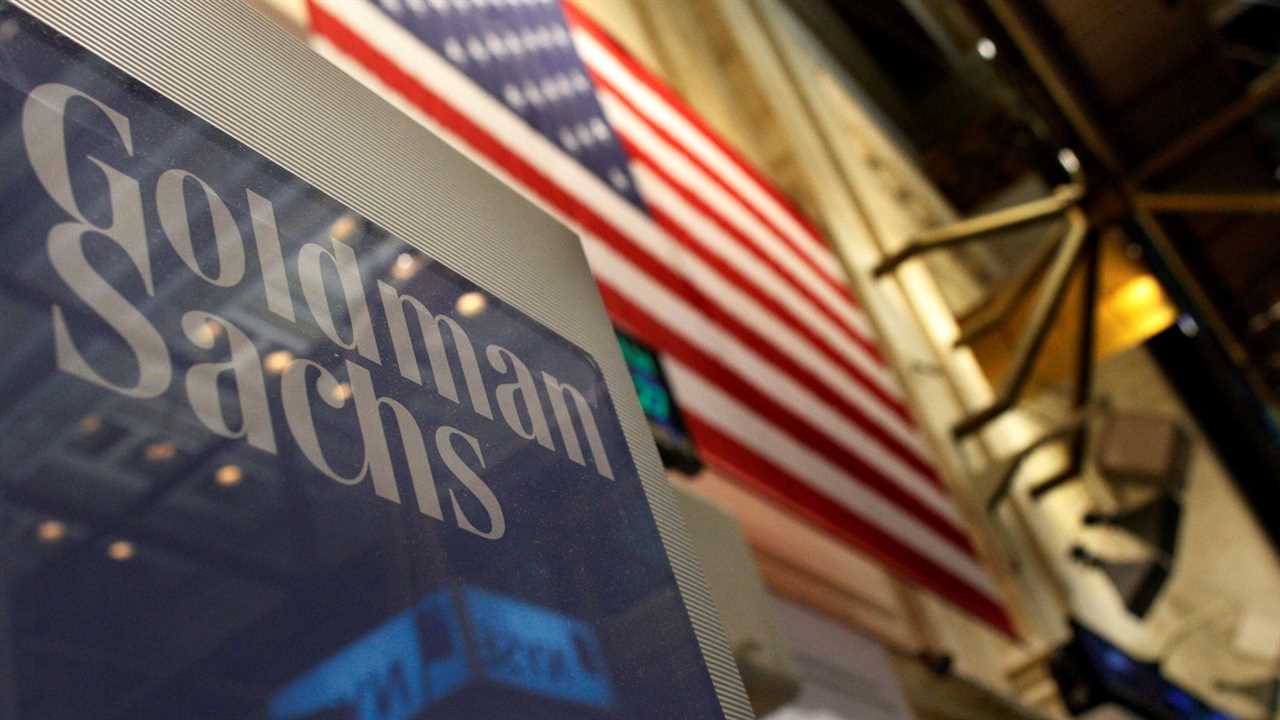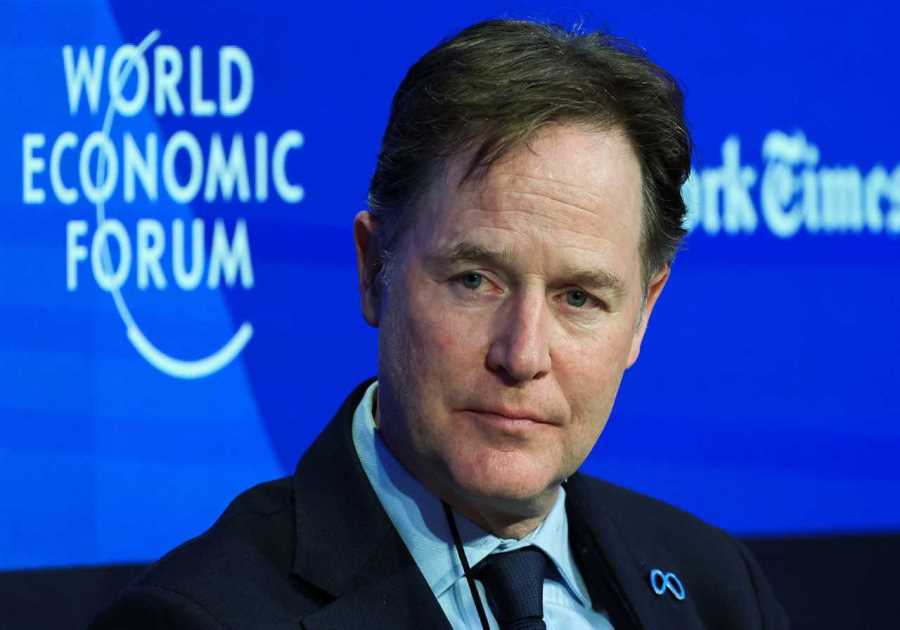
WASHINGTON — The Supreme Court on Monday gave Goldman Sachs another chance to try to persuade an appeals court that it should not be liable to investors who said they had lost as much as $13 billion as a consequence of what they called false statements about the investment bank’s sales of complex debt instruments before the 2008 financial crisis.
The investors argued that the statements were at odds with what they said were conflicts of interest at the bank, which they accused of packaging and selling securities intended to fail even as it and its favored clients bet against them. Goldman has denied deceiving investors.
The contested statements were abstract and general. One example: “Our clients’ interests always come first.” Another: “Integrity and honesty are at the heart of our business.”
The United States Court of Appeals for the Second Circuit, in New York, said last year that Goldman’s statements, in context, were enough to allow the case to proceed as a class action.
The two sides’ positions had evolved and converged during the litigation, Justice Amy Coney Barrett said when the case was argued in March. “It seems to me that you’ve both moved toward the middle,” she told a lawyer for the investors at the time. “They’ve backed off on how important they think generality is and whether it can be decided categorically. But you’ve also conceded that generality is relevant.”
“So now we are left, you know, in this position where you’ve both moved more closely together,” she said, “and now we have to decide what to do about the Second Circuit’s opinion.”
On Monday, Justice Barrett, writing for a unanimous court on this point, repeated that the parties’ dispute “has largely evaporated.”
The two sides now agreed, as did the court, she wrote, that judges may take account of generic statements and that they “may consider expert testimony and use their common sense in assessing whether a generic misrepresentation had a price impact.”
On the question of “what to do about the Second Circuit’s opinion,” Justice Barrett wrote that Goldman was entitled to renew its arguments in the appeals court because, she said, there was some question about whether it had “properly considered the generic nature of Goldman’s alleged misrepresentations.”
Justice Sonia Sotomayor dissented on that point, saying there was nothing for the Second Circuit to reconsider. She said the Supreme Court should simply have affirmed the appeals court’s decision in the case, Goldman Sachs Group v. Arkansas Teacher Retirement System, No. 20-222.
The Second Circuit’s ruling was based on a presumption created by a 1988 Supreme Court decision, Basic v. Levinson, which said investors claiming they were defrauded by false statements in securities filings need not show they had relied on the statements. Instead, the Basic decision said, they could rely on a presumption that all important publicly available information about a company is reflected in its stock price.
The theory allows investors to skip a step required in ordinary fraud suits: direct proof that they relied on the contested statement. It also allowed investors to avoid a requirement for class actions: proof that their claims had enough in common to allow them to band together.
In a second part of Justice Barrett’s majority opinion, she clarified how the Basic presumption worked. Plaintiffs must come forward with some evidence that the contested statements affected the stock price, she wrote, but defendants bear the burden of persuading the court that there had been no effect.
She added that the distinction would rarely make a difference. “The defendant’s burden of persuasion will have bite only when the court finds the evidence in equipoise — a situation that should rarely arise,” she wrote.
Justice Neil M. Gorsuch, joined by Justices Clarence Thomas and Samuel A. Alito Jr., dissented on this second point. “It is incumbent on the plaintiff to prove reliance,” he wrote, “not the defendant to disprove it.”






